christopher walrath
No longer a newbie, moving up!
- Joined
- Mar 19, 2008
- Messages
- 1,265
- Reaction score
- 25
- Location
- In a darkroom far, far away...
- Website
- home.comcast.net
- Can others edit my Photos
- Photos NOT OK to edit
The confusion comes from the use of an f/# to describe not only the iris (aperture), but the light gathering ability if a lens itself. such as a 135-f/2.8.
Remember that the number following the f/ is a logarithmic expression and that is the reason that the number goes greater (>) as the light transmission gets smaller (<). The so called f/# is in actuality a function of the area of the open space that allows light through the lens and the focal length of the lens. A faster lens allows more light through at the same opening in a slower lens. It has a lower f/ number value. With every thing else being equal, a faster lens is the better choice.
Judge Sharpe
Yeah, that just confused it. I got this one. The number behind the f/ is actually a denominator of a fraction that denotes the lens' focal length divided by the entrance pupil (yeah me). The amount of light gets less as the number gets larger because as the number gets larger it takes more entrance pupil diameters to makeup the focal length. And vice versa. A fast lens and a slow lens allow the same amount of light through at f/8 because, though the shorter lens has a smaller aperture diameter, the longer lens makes the light travel twice the distance through its body. A faster lens is a great choice, and also more expensive. Faster film is cheaper than slower film so for those who are financially challenged, a slower lens and faster film will do the job nicely. FYI, for those wondering, a fast or slow lens refers to its largest aperture setting and it ability or lack thereof to gather light in a low light situation. Ex. a f/1.4 lens would be considered fast and an f/4 lens would be considered slow.


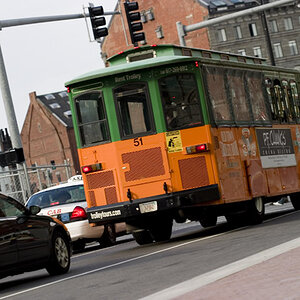

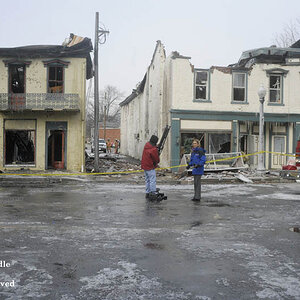
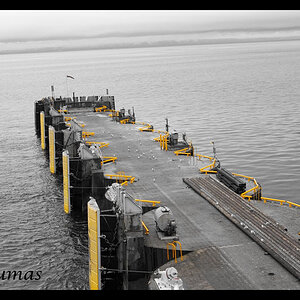
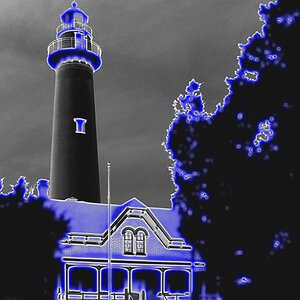
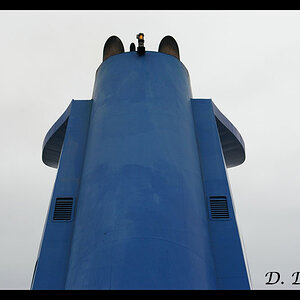
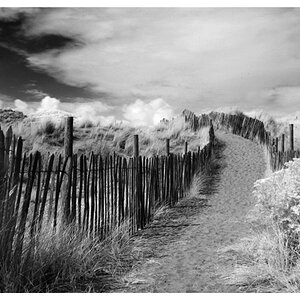
![[No title]](/data/xfmg/thumbnail/33/33490-cbbf9df0a1c31291ee7a3759afe943cc.jpg?1619736003)
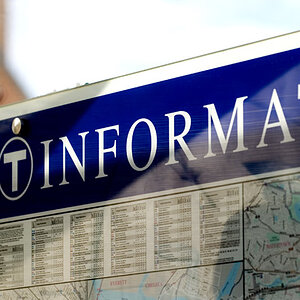
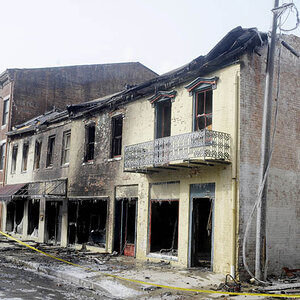
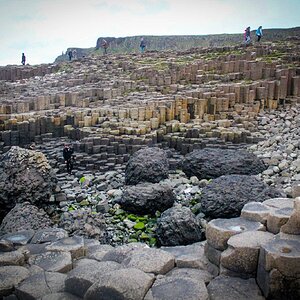
![[No title]](/data/xfmg/thumbnail/33/33489-cc76e5d22658c0f79ccb4ae9d307610d.jpg?1619736003)